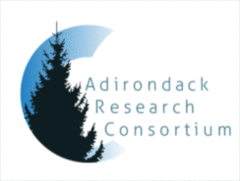Abstract
The proposed construction of the "Rooftop Highway" between Interstates 81 and 87 in Northern New York has drawn opposition from those concerned about conserving an important north-south animal migration route. This highway could affect the ecological integrity of the Adirondack ecosystem and farther isolate the Park from other conservation areas such as Algonquin National Park. Proponents suggest that these effects could be mitigated by wildlife crossing points under the highway. To test the effectiveness of under-road passageways in the Adirondacks we monitored wild.Life use of culverts beneath Interstate 87 with motion triggered cameras and snow tracking between 14 March and 29 April, 2002. Our results suggest that the culvert/underpass system beneath I-87 does not facilitate wildlife movement beneath the interstate, but does sustain regular human use. Therefore, we are dubious about the potential mitigating effects that standard wildlife passageways would have under the proposed ''Rooftop Highway" were they to follow a design similar to those under I-87, and suggest that these would have to be significantly improved, at substantial cost, in order to promote animal movement.
Recommended Citation
Lapoint, Scott D.; Kays, Roland W.; and Ray, Justina C.
(2003)
"Animals Crossing the Northway: Are Existing Culverts Useful?,"
Adirondack Journal of Environmental Studies: Vol. 10:
No.
1, Article 5.
Available at:
https://digitalworks.union.edu/ajes/vol10/iss1/5




